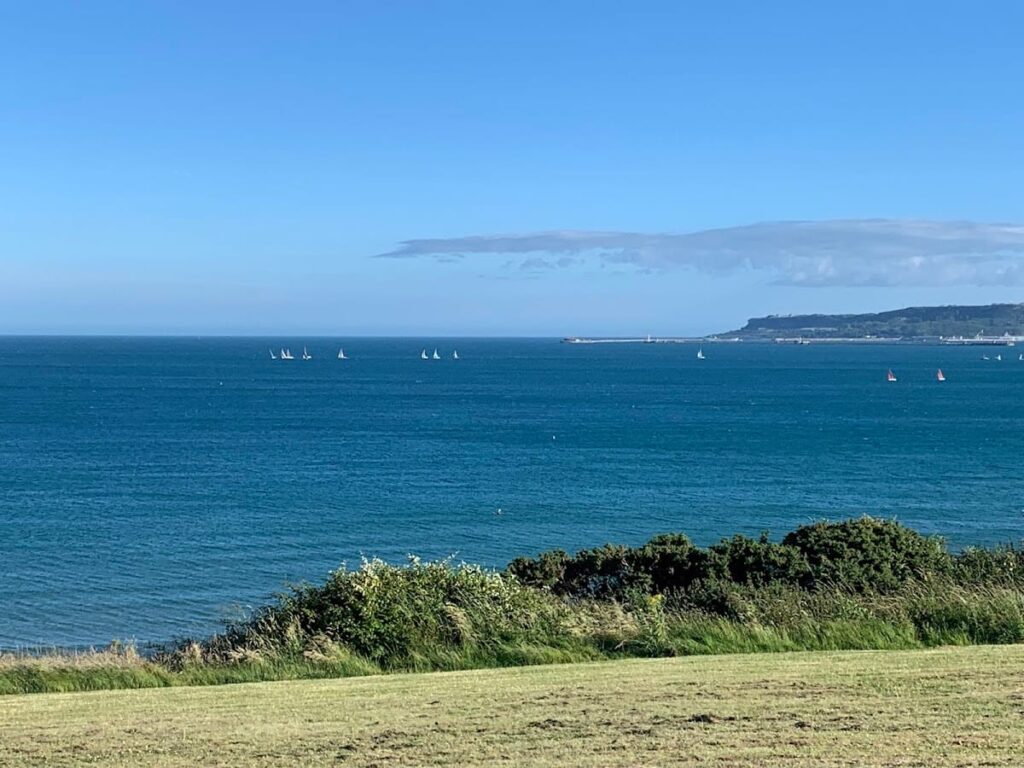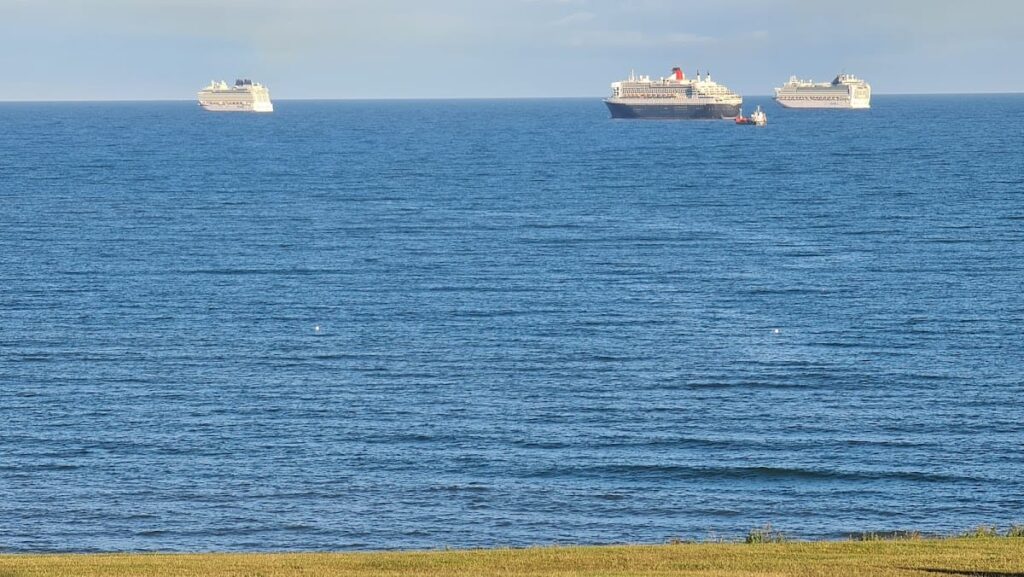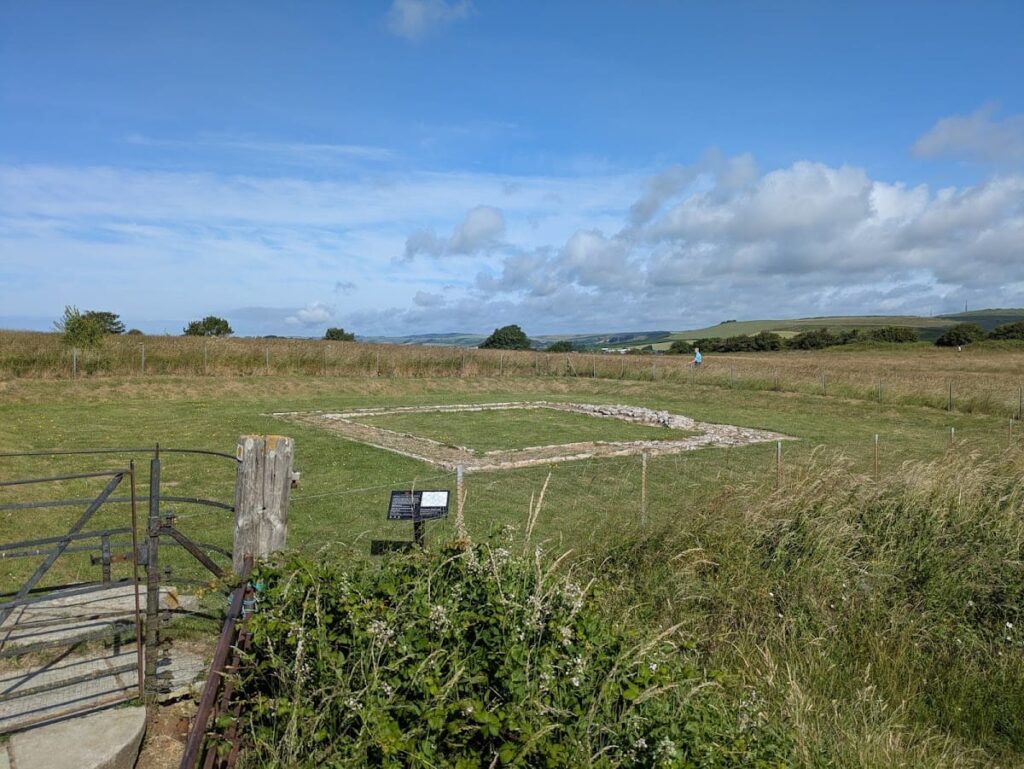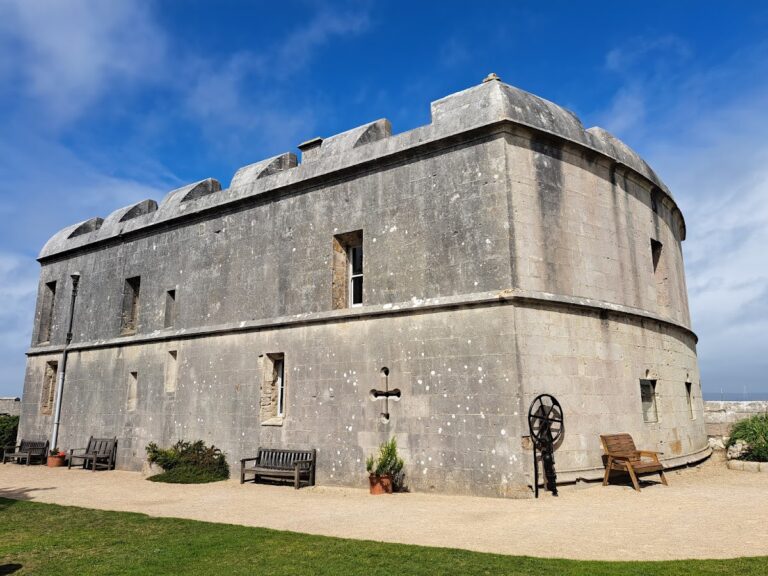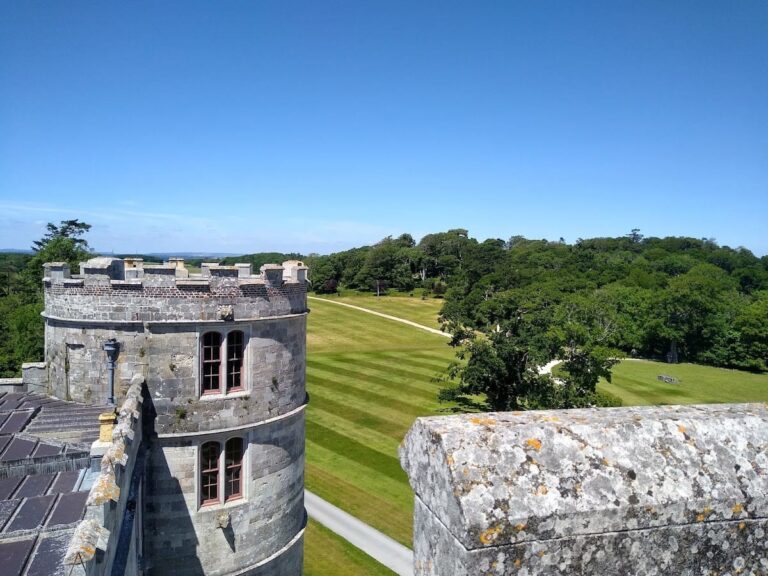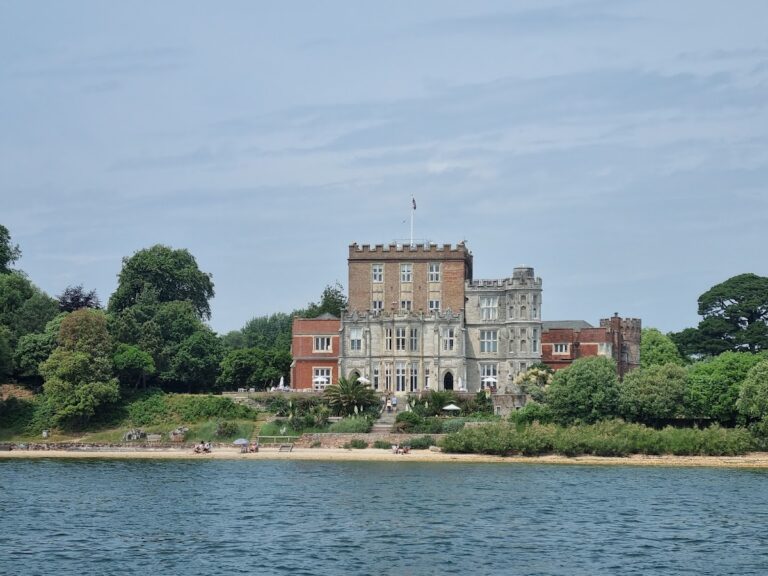Jordan Hill Roman Temple: A Late Roman Religious Site in Dorset, England
Visitor Information
Google Rating: 4.1
Popularity: Low
Google Maps: View on Google Maps
Official Website: www.english-heritage.org.uk
Country: United Kingdom
Civilization: Roman
Remains: Religious
History
The Jordan Hill Roman Temple stands on a hill above Bowleaze Cove near Weymouth in Dorset, England. It was built during the Roman occupation of Britain, likely in the 4th century AD. This temple reflects a blend of Roman and native Celtic religious traditions, common in late Roman Britain. The site served as a place of worship and possibly as a signal station in its later years.
The temple’s active use began around AD 69–79 and continued until the late 4th century. This period saw the gradual weakening of Roman control and the breakdown of economic and social systems in Britain.
A large cemetery to the north of the temple contains over 80 burials, some in wooden coffins or stone boxes called cists. Grave goods such as pottery, combs, jewellery, arrowheads, and an iron sword suggest a community with strong burial customs linked to the temple’s religious role.
In 1928, a hoard of more than 4,000 bronze coins was discovered nearby. This collection likely represents offerings made to the shrine over many years, indicating the temple’s long-standing spiritual significance. Coins found at the site include one from the reign of Emperor Theodosius I (AD 379–395), confirming the temple’s use into the late Roman period.
Excavations began in the mid-19th century by J. Medhurst and were followed by more detailed digs in 1931-32 by C.D. Drew and C.S. Prideaux. These investigations uncovered structural remains and ritual deposits, shedding light on the temple’s religious functions and the community it served. The site was placed under state care in 1933 and later designated a Scheduled Monument in 1981.
Remains
The Jordan Hill Roman Temple has a square layout featuring a central sanctuary, known as a cella, surrounded by a low columned portico on all four sides. The ambulatory, or covered walkway around the sanctuary, is no longer visible, likely due to the removal of stone over time. The temple’s floor measures about 6.8 square metres (73 square feet) and sits within a larger walled enclosure roughly 30 metres (100 feet) square.
Excavations revealed the bases of four portico columns and parts of a fifth near the north wall of the cella. These column fragments are preserved and displayed in Dorchester Museum. Beneath the south-east corner of the sanctuary wall lies a deep ritual pit about 4 metres (13 feet) deep. This pit was lined with old roofing slabs and contained layers of ash, charcoal, bird bones, coins, and a stone cist holding urns and weapons such as a sword and spearhead.
The surrounding precinct includes deposits of animal bones, ceramics, and coins, indicating ritual activity. The adjacent cemetery features both cremation and inhumation burials, some within wooden coffins or stone cists. Grave goods found with the skeletons include pottery, combs, jewellery, arrowheads, and swords, reflecting the community’s burial traditions.
The temple is situated on a hilltop offering views inland and across Weymouth Bay. Nearby Roman sites include Preston Roman Villa to the northwest and a small Roman port at Radipole to the west. The site is managed by English Heritage and protected as a Scheduled Monument.

